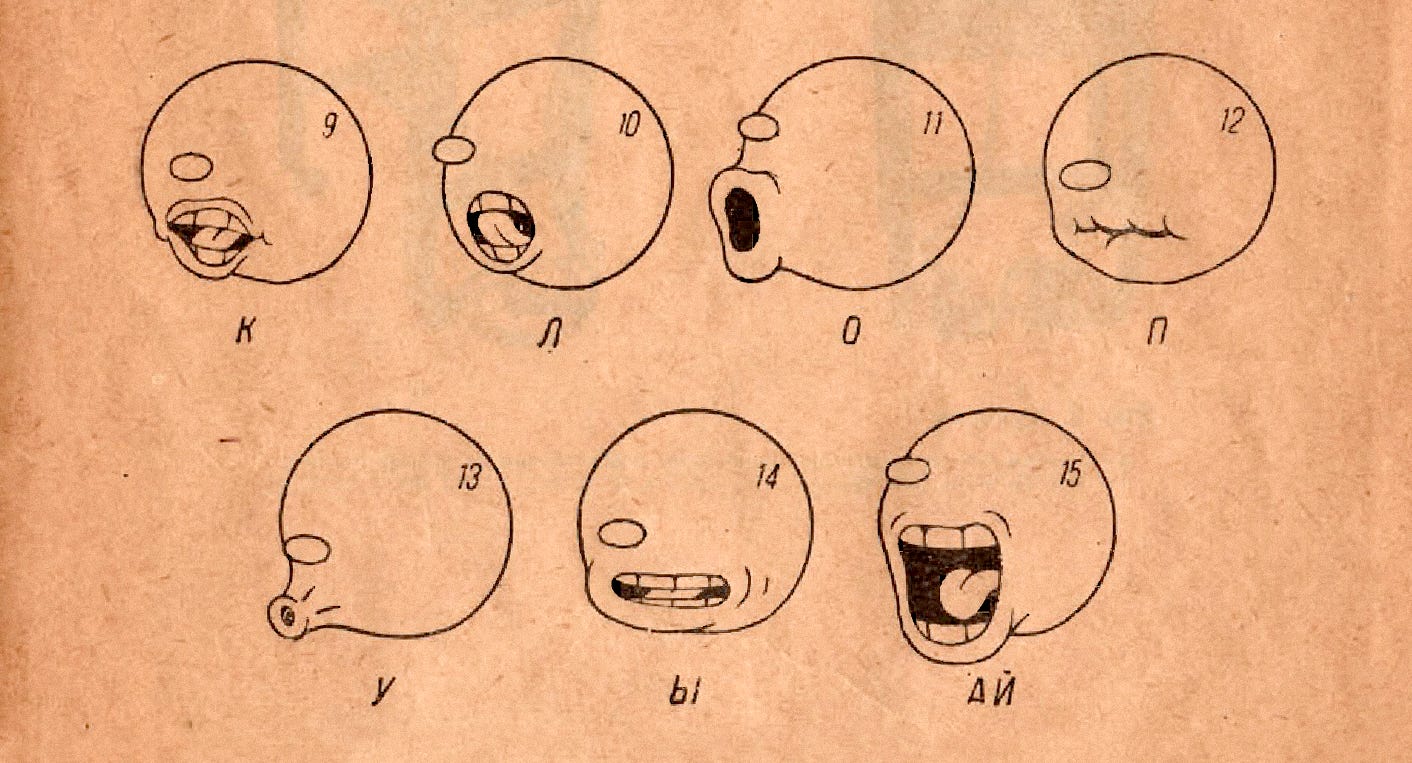Welcome! In today’s issue of the Animation Obsessive newsletter, we’re uncovering a hidden figure with a seismic impact on animation. Her name: Lucille Cramer.
In the early 1930s, Cramer held a job in New York City. She was one of the many uncredited workers at Fleischer Studios — the team behind Betty Boop. But that wasn’t where she made history. Around 1933, Cramer traveled across the world to the young Soviet Union. There, she reshaped animation.
Thanks to Cramer’s work, animators in the USSR became industrialized for the first time. She helped to establish a system that lasted for decades. In a way, early Soviet classics like The Snow Queen (1957) owe their existence to her.
What does all this mean? How did it happen? That’s what we’re exploring. Here we go!
Keep reading with a 7-day free trial
Subscribe to Animation Obsessive to keep reading this post and get 7 days of free access to the full post archives.



